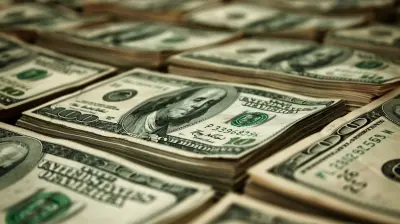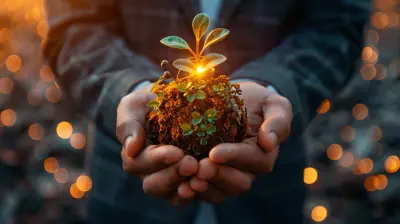Mastering the Art of Visual Content in Digital Campaigns
9 June 2025
Ever heard the phrase "a picture is worth a thousand words"? Well, in the digital world, visuals are worth even more. They grab attention, spark emotion, and drive engagement like no other form of content. In today's competitive online space, mastering visual content is no longer a luxury—it's a necessity.
But what makes visuals so powerful? And how do you use them effectively in digital campaigns? Stick around, because we’re about to dive deep into the art and science of visual content marketing. 
Why Visual Content Rules the Digital World
Think about your daily online habits. How often do you stop scrolling just because an image or video caught your eye? Exactly. Visuals instantly connect with your brain, making them the ultimate tool for grabbing attention and conveying messages quickly.Still not convinced? Here are a few stats to chew on:
- 90% of the information processed by the brain is visual.
- Posts with images produce 650% higher engagement than text-only posts.
- Videos increase conversion rates by up to 80%.
Bottom line? Visual content isn’t just important—it’s essential. 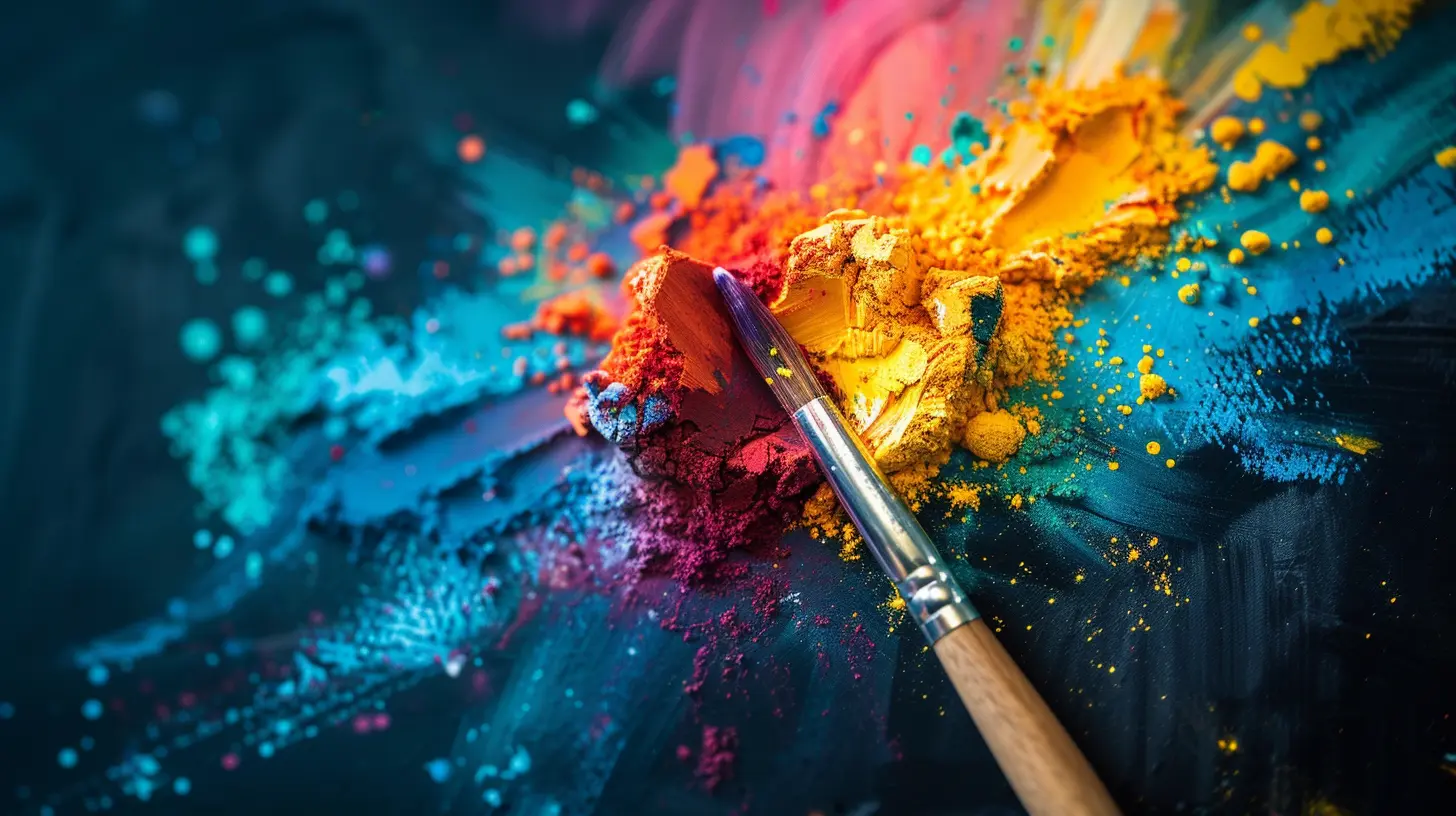
The Key Elements of Engaging Visual Content
Creating powerful visuals doesn’t mean slapping a random stock photo onto your blog or posting a blurry video. There’s an art and science to it. Let’s break down the key elements that make visual content irresistible.1. Relevance is Everything
Visuals should resonate with your audience. If your image, infographic, or video doesn’t align with your message, it won’t make an impact. Always ask yourself:- Does this image support my brand’s message?
- Does it add value to the content?
- Will my audience connect with this visual?
2. Authenticity Beats Perfection
Consumers crave authenticity. Overly polished stock images often feel fake, while real-life images, user-generated content, and behind-the-scenes shots add credibility. Brands that showcase their human side tend to build stronger emotional bonds with their audience.3. Color Psychology Matters
Colors evoke emotions. They influence perceptions and even trigger actions. For instance:- Red = Passion, urgency, excitement (great for CTA buttons).
- Blue = Trust, calmness, reliability (popular in corporate branding).
- Yellow = Energy, positivity, happiness (ideal for grabbing attention).
By understanding the psychology behind colors, you can design visuals that subconsciously guide your audience's behavior.
4. Use High-Quality Graphics
A pixelated or poorly designed image can kill your credibility faster than you can say “bad branding.” Always aim for high-resolution visuals and invest in professional graphics or photography when necessary.5. The Power of Storytelling in Visuals
People love stories. Whether it’s an inspiring video, a heartfelt testimonial, or a simple infographic that narrates a journey, storytelling gives visual content depth and purpose.Brands that tell visual stories tend to create deeper emotional connections, making them more memorable. 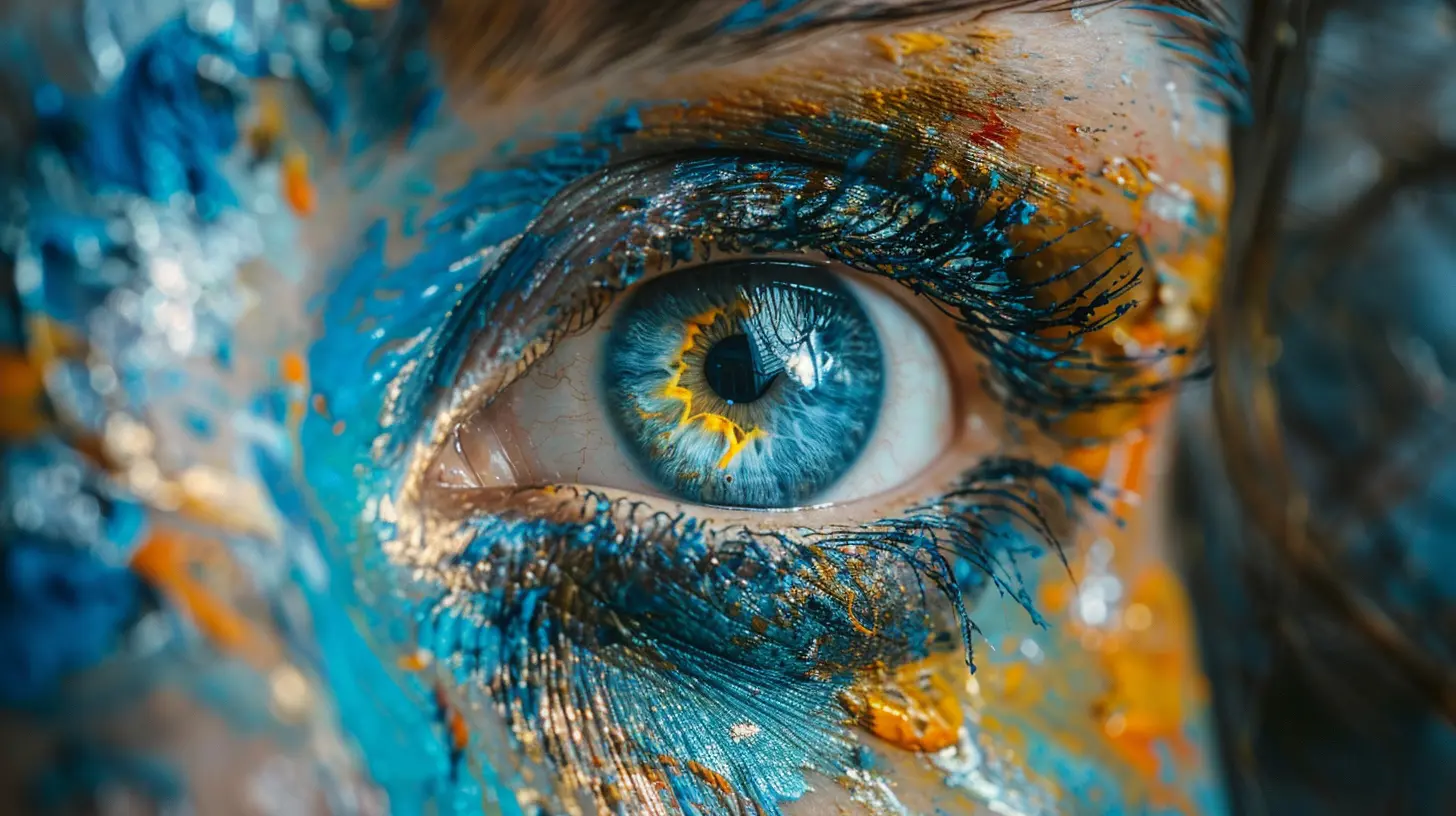
Types of Visual Content That Drive Engagement
Now that we understand what makes visual content tick, let’s talk about the different types of visuals that can supercharge your digital campaigns.1. Eye-Catching Images
Static images still dominate the digital space. But not just any images—think:- Custom graphics (rather than generic stock photos).
- Memes and GIFs (great for humor and relatability).
- Illustrations and animations (to simplify complex ideas).
2. Videos: The King of Engagement
Did you know people retain 95% of a video’s message, compared to just 10% from reading text? That’s why video content, from short-form clips on TikTok to long-form YouTube tutorials, is a must.Here are some winning video formats:
- Explainer videos – Great for educating your audience.
- Behind-the-scenes clips – Build authenticity and trust.
- User-generated videos – Boost community engagement.
- Live-streams – Encourage real-time interaction.
3. Infographics: Facts Made Fun
If your content involves data, statistics, or step-by-step guides, an infographic is your best friend. They simplify complex information into digestible, visually appealing formats that are highly shareable.4. Interactive Content
People love to participate. Adding interactive visuals like:- Polls & quizzes (engage users while gathering insights).
- Augmented reality (AR) experiences (enhance customer interactions).
- Interactive infographics (let users explore data in a fun way).
These keep users engaged longer—which is great for SEO and conversions. 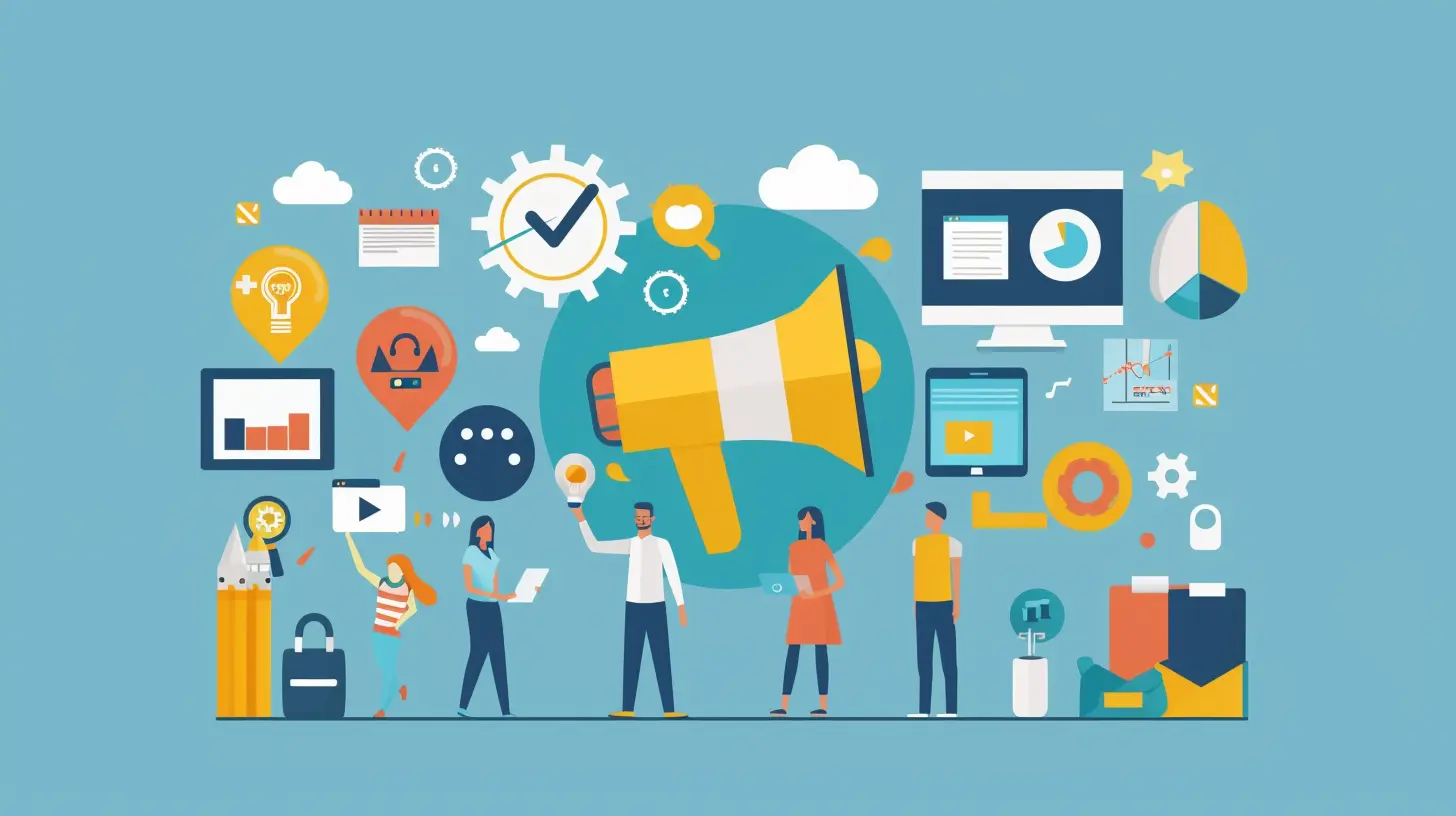
Best Practices for Using Visual Content in Digital Campaigns
Knowing what works is one thing, but executing it effectively is another. Here are some practical tips for mastering visual content in your marketing strategy.1. Keep It Consistent with Your Brand
Your visuals should reflect your brand’s identity—from color schemes and typography to the overall tone and style. Consistency helps in brand recognition and trust-building.2. Optimize for SEO
Yup, even visuals need SEO love! Here’s how:- Use descriptive file names (e.g., “best-visual-content-tips.jpg” instead of “image123.jpg”).
- Add alt text (helps with accessibility and search rankings).
- Compress images (to avoid slowing down your website).
- Leverage video transcriptions (boosts text-based SEO).
3. Make It Mobile-Friendly
Over 60% of online traffic comes from mobile devices. If your visuals aren’t responsive, properly scaled, and fast-loading, you’re losing a massive chunk of your audience.4. Leverage Social Media Trends
Each platform has its own visual preferences. For example:- Instagram: High-quality images, reels, and stories.
- TikTok: Short-form, engaging, and trend-based videos.
- LinkedIn: Professional infographics and videos.
- Pinterest: Aesthetically pleasing, high-resolution images.
Understanding where your audience hangs out helps tailor content effectively.
5. Test, Analyze, and Improve
Don’t just post and hope for the best. Measure your visual content’s performance using:- Engagement rates (likes, shares, comments).
- Click-through rates (CTR) (for ads and website visuals).
- Conversion rates (how many users take action after seeing the visual).
Use this data to refine your visual storytelling strategy.
Wrapping It Up
Mastering the art of visual content isn’t just about making things look good—it’s about creating impactful, engaging, and meaningful experiences. Whether it’s a well-crafted infographic, a compelling video, or an interactive story, the right visual can turn a passive audience into engaged customers.So, next time you're planning a digital campaign, ask yourself—Are my visuals working as hard as they should be?
Because in the fast-paced digital world, seeing is not just believing—it’s converting.
all images in this post were generated using AI tools
Category:
Digital MarketingAuthor:

Susanna Erickson
Discussion
rate this article
2 comments
Natasha Mason
Great insights! Visual content truly transforms digital campaigns—it's all about connection and storytelling.
June 23, 2025 at 11:50 AM

Susanna Erickson
Thank you! I’m glad you found the insights valuable. Visual content is indeed key to engaging storytelling and building connections.
Ruby Sanders
Mastering visual content? It's like cooking; a pinch of creativity, a dash of strategy, and definitely no burnt toast! Let’s hope your visuals are tastier than my last kitchen disaster!
June 20, 2025 at 12:02 PM

Susanna Erickson
Absolutely! Just like cooking, the right mix of creativity and strategy is key to crafting engaging visuals. Here’s to creating something deliciously impactful!

